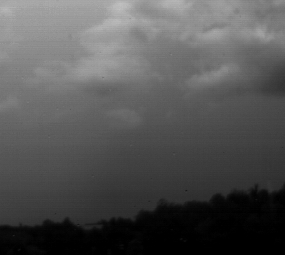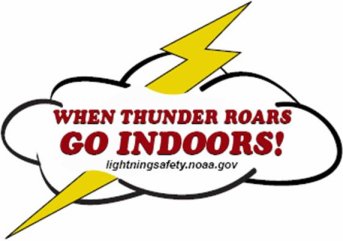 |
||||||||||||
|
||||||||||||
| Lightning Safety | ||||||||||||
| Lightning Facts | ||||||||||||
|
There are an estimated 25 million cloud-to-ground lightning flashes each year. While lightning can be fascinating to watch, it is also extremely dangerous. During the past 30 years through 2009, lightning has killed an average of 67 Americans and injured around another 300. The number of Americans killed by lightning typically exceeds the number of deaths resulting from both tornadoes and hurricanes. Most lightning-caused deaths occur during the spring and summer months when the frequency of thunderstorms and outdoor activities Peak. During the past 40 years, Florida and Texas were ranked first and second in the country in the total number of lightning fatalities. By definition, all thunderstorms produce lightning. During a thunderstorm, each flash of cloud-to-ground lightning is a potential killer. Although some victims are struck directly by the main lightning stroke, most are affected indirectly when lightning strikes nearby objects, and the electrical current moves through the ground. Because these indirect strikes are weaker in intensity, most victims survive, though often with painful and lifelong effects. While most people take some protective action during a thunderstorm, many unknowingly still leave themselves vulnerable. |
 |
|||||||||||
| Lightning Safety Guidelines | ||||||||||||
 |
Lightning can strike as far as 10 miles away from the base of a thunderstorm, which is about the distance from a storm that you are able to hear its thunder. If you can hear the thunder, then you are within striking distance of that storm. When you can clearly hear thunder in an urban setting above the city noise, it is a sign that it is time to abandon outdoor activities. Follow the 30/30 lightning safety rule when thunderstorms threaten your area. It is time to go indoors when, after seeing lightning, you cannot count to 30 before hearing thunder. Stay inside for 30 minutes After hearing the last clap of thunder. Do not prematurely resume outdoor activities as the storm moves away. Following this simple rule will help prevent you from becoming a victim of the deadly beauty of lightning. |
|||||||||||
| Back to Top | ||||||||||||
|
|
||||||||||||